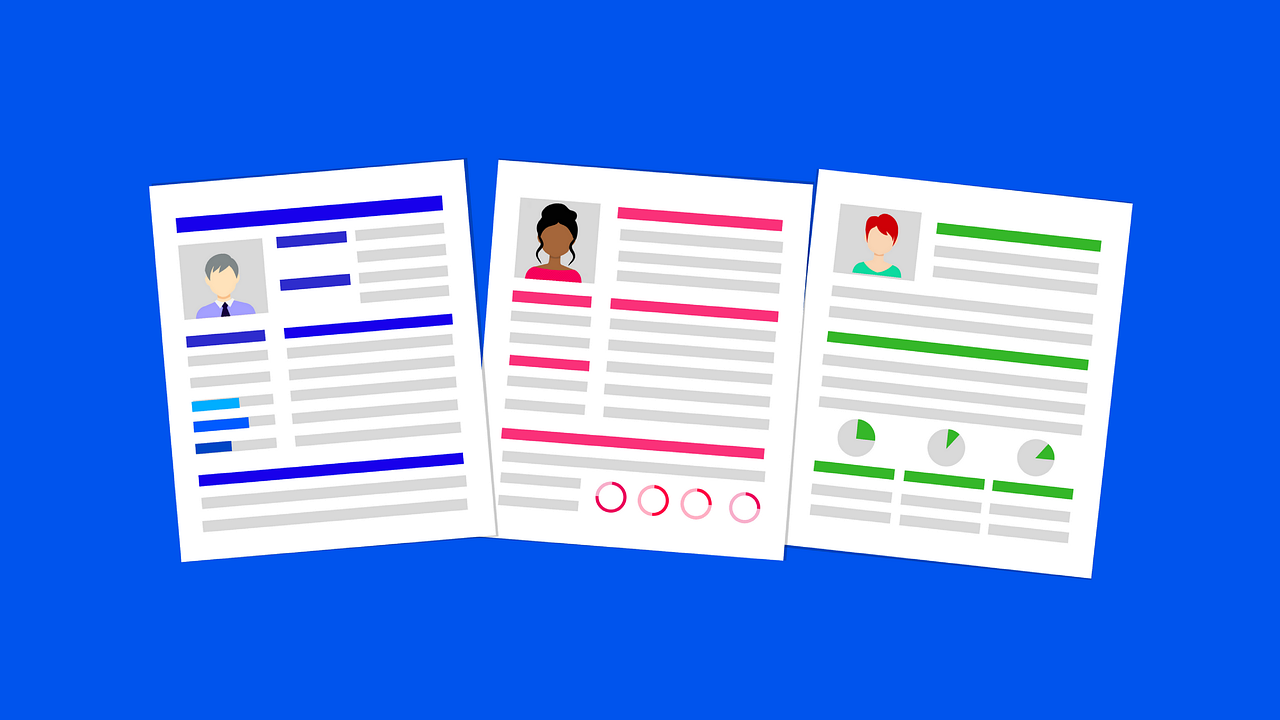In today's globalized job market, having an English version of your personal work resume is not just a nice-to-have; it's often a necessity. Whether you're applying for international positions, seeking opportunities in multinational companies, or simply want to broaden your professional horizons, a well-crafted English resume can open doors to new career paths. Here's a comprehensive guide to help you create an impressive English version of your personal work resume.
Start with a Strong Objective or Summary
The first thing an employer will see on your resume is your objective or summary. This section should be concise, compelling, and tailored to the job you're applying for. Here's how to approach it:
- Objective: Use this if you're early in your career or looking for a specific role. State your career goal and how you can contribute to the company.
- Summary: Ideal for mid-career professionals, this section highlights your key skills and achievements, demonstrating your value to potential employers.
Example:
- Objective: "Enthusiastic software engineer with a strong foundation in Java and Python, seeking to leverage my problem-solving skills and passion for technology at a dynamic tech company."
- Summary: "Results-driven marketing professional with over 7 years of experience in brand management and digital marketing. Proven track record of increasing brand visibility and driving sales through innovative campaigns."
Education Section
Your education section should include the name of the institution, the degree obtained, and the year of completion. If you're a recent graduate or don't have much work experience, you can also include relevant coursework, honors, or projects.
Example:
- Education:
- Master of Business Administration, Harvard Business School, 2020
- Bachelor of Science in Computer Science, MIT, 2018
Professional Experience
This is the heart of your resume. List your work experience in reverse chronological order, starting with your most recent position. For each role, include:
- Job Title: Be specific and use industry-standard titles.
- Company Name: Include the full name of the company.
- Dates of Employment: Use the format MM/YYYY.
- Responsibilities: List 3-5 bullet points highlighting your key duties and achievements. Use action verbs and quantify your results whenever possible.
Example:
- Senior Product Manager, XYZ Tech Inc., 06/2019 - Present
- Led a cross-functional team to develop and launch a new software product, resulting in a 30% increase in market share.
- Collaborated with marketing and sales teams to create and execute go-to-market strategies.
- Managed a budget of $2M, achieving a 15% reduction in development costs.
Skills Section
Highlight your technical and soft skills that are relevant to the job you're applying for. Be specific and avoid generic terms.
Example:
- Skills:
- Technical: Java, Python, SQL, Agile Methodologies
- Soft Skills: Leadership, Communication, Time Management
Certifications and Training
If you have any professional certifications or have attended relevant training courses, include them here. This can help demonstrate your commitment to professional development.
Example:
- Certifications:
- Certified Scrum Master, Scrum Alliance, 2018
- Project Management Professional (PMP), PMI, 2016
Achievements and Awards
If you have received any notable awards or achievements in your career, this is the place to showcase them. This can help you stand out from other candidates.
Example:
- Achievements:
- Awarded "Employee of the Year" at ABC Corp, 2017
- Recognized for outstanding contribution to the development of a patented technology, 2019
Languages
If you're bilingual or multilingual, include this section to show your language proficiency. This can be a significant advantage in international roles.
Example:
- Languages:
- English (Fluent)
- Spanish (Proficient)
- French (Intermediate)
Personal Details
While some personal details are important, be cautious about oversharing. Include your name, contact information (email and phone number), and possibly a LinkedIn profile if it's professional and relevant.
Formatting and Design
- Font: Use a professional font like Arial, Calibri, or Times New Roman.
- Size: Stick to font sizes between 10 and 12.
- Spacing: Use consistent spacing throughout your resume.
- Bullet Points: Use bullet points to make your resume easy to read.
- Consistency: Ensure that the formatting is consistent across all sections.
Proofreading and Editing
Before you send your resume, proofread it multiple times. Check for spelling, grammar, and punctuation errors. Consider using a tool like Grammarly to help with this process. Also, ask a friend or mentor to review it for any missed errors or areas of improvement.
Tailoring Your Resume
Finally, always tailor your resume to the specific job you're applying for. Research the company and the role, and adjust your resume to highlight the skills and experiences that are most relevant.
Conclusion
Creating an English version of your personal work resume is a critical step in your job search, especially if you're targeting international or multinational companies. By following these guidelines, you can craft a resume that not only gets noticed but also effectively communicates your value as a candidate. Remember, your resume is often the first impression you make on a potential employer, so make it count.









 京公网安备11000000000001号
京公网安备11000000000001号 豫ICP备16007054号-5
豫ICP备16007054号-5